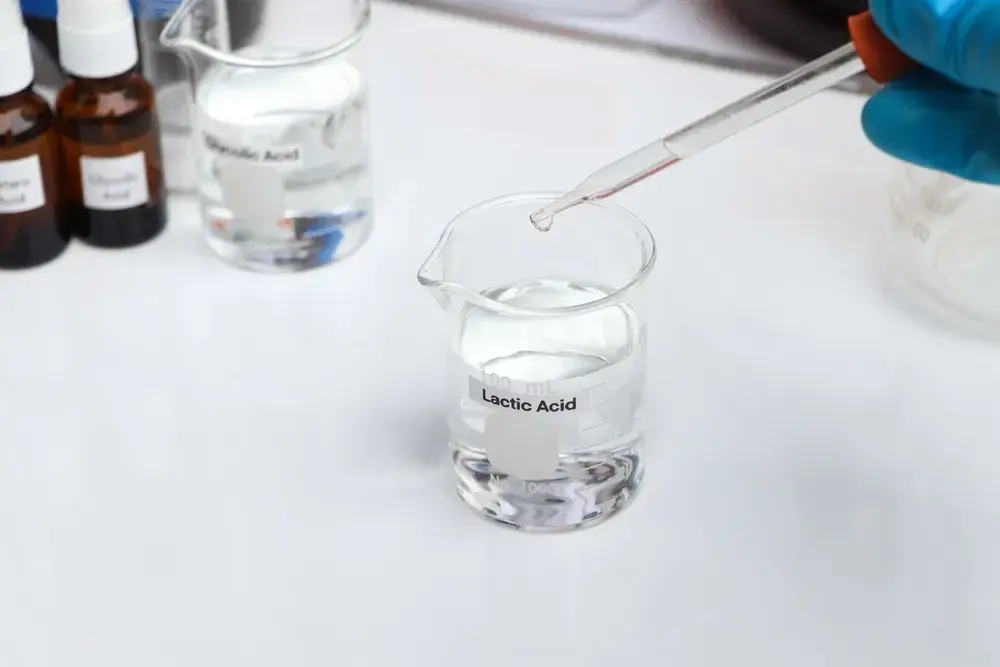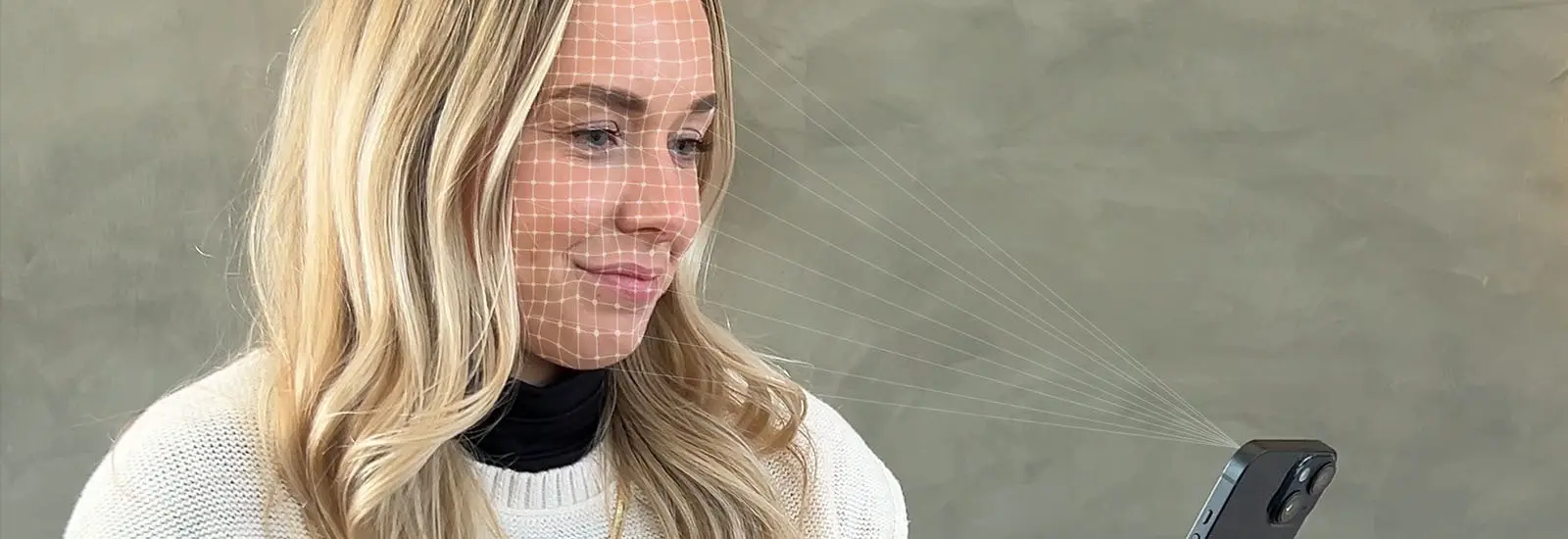What Is Lactic Acid?
Lactic acid is a member of the alpha hydroxy acids (AHAs) family, which is known for its natural exfoliating properties. So, what makes it unique? Take lactic acid vs. glycolic acid, for example. Lactic acid penetrates the skin more slowly than glycolic acid and other AHAs. This can reduce the risk of irritation and make it a go-to choice for sensitive skin.
Lactic acid is truly a multitasker. It improves visible tone and texture, evens skin tone, and minimizes the appearance of acne and fine lines. Plus, it's a hydration hero. Gentle and effective, lactic acid is perfect for pampering even the most delicate skin. So, if you're looking for a skincare ally that's both mild and powerful, lactic acid might just be your perfect match!
What Are the Uses of Lactic Acid?
So, what is lactic acid used for? Not only does it whisk away dead skin but it also smooths out wrinkles and fine lines — all while hydrating your skin. Seriously, what's not to love? Here's more about lactic acid benefits for skin.
Exfoliates
One of lactic acid's primary roles is to exfoliate the skin. This promotes natural skin cell turnover, revealing a fresher, brighter, smoother complexion. Stimulating skin cell renewal can provide long-term skin benefits, including improved firmness and elasticity and reduced appearance of fine lines and wrinkles.
Hydrates
While some AHAs might leave your skin dry, lactic acid fortifies your skin's natural moisturizing factor, supporting plump, elastic skin. Imagine dewy and soft skin all day long!
Brightens
Dealing with dark spots? Lactic acid accelerates pigmented skin cell shedding, visibly diminishing discoloration from conditions like melasma and cumulative sun damage.
Calms
In addition to its surface-level benefits, lactic acid possesses anti-inflammatory properties. It can help calm the skin and reduce discomfort associated with inflammatory skin conditions. Always consult a dermatologist before introducing lactic acid if you have one of these skin conditions, as it can cause irritation in some cases.
Where Does Lactic Acid Come From?
Legend credits lactic acid as the secret ingredient in Cleopatra's renowned milk baths. Indeed, scientists have historically produced lactic acid by fermenting dairy products like milk and yogurt. Bacteria (predominantly Lactobacillus species) drive this microbial fermentation process by metabolizing and converting the ingredients' sugars into lactic acid.
If you embrace a vegan or nondairy lifestyle, you might wonder: Is lactic acid vegan in some cases? Lactic acid is often derived from plant-based sources, including corn starch, beet sugar, potatoes and molasses. This shift caters to the vegan community and those with dairy sensitivities, making sure everyone can enjoy lactic acid's benefits without compromise.
Chemists also make synthetic lactic acid from petrochemical byproducts, like acetaldehyde, in laboratories. While both methods are still used today, synthetic processes produce ultra-pure lactic acid to ensure consistent quality for medical and cosmetic use.
How To Incorporate Lactic Acid Into Your Skincare Routine
While lactic acid is a gentler alternative to other exfoliants, it can still cause irritation in some people. Always start with a patch test to get ahead of any adverse reactions before applying a new product liberally.
Start Slow
You'll find a range of lactic acid formulations and strengths in a variety of products, like serums, creams, spot treatments and cleansers. Start with a low concentration of lactic acid (around 5%) to gauge your skin's response and let it adjust. Pro tip? Apply lactic acid in the evening, then follow up with a moisturizer to lock in all that goodness. A little goes a long way!
Once your skin feels comfortable, consider stepping up to a stronger formulation. Just keep a close eye on how your skin responds, and scale back if you spot any signs of irritation.
Pair With Hydrating Heroes
Team lactic acid with hydrating heroes like hyaluronic acid and glycerin and calming agents like niacinamide. This power trio hydrates, soothes and exfoliates — a skincare triple threat! Try Neutrogena® Skin Perfecting Liquid Face Exfoliant or Neutrogena® Hydro Boost Daily Gel Cream Exfoliating Cleanser with Hyaluronic Acid, both gentle formulas designed to exfoliate and moisturize at the same time.
Finish With Sunscreen
All exfoliants, including AHAs, can make your skin more sensitive to the sun and increase your risk of sunburn. Apply sunscreen like Neutrogena® Invisible Daily™ Defense Sunscreen Lotion Broad Spectrum SPF 60+, a quick-drying broad-spectrum formula packed with antioxidants to defend against ultraviolet rays and other environmental aggressors, like harsh weather and pollution. Pair daily application (and reapplication) with other sun safety measures, like wearing protective clothing and limiting sun exposure.





